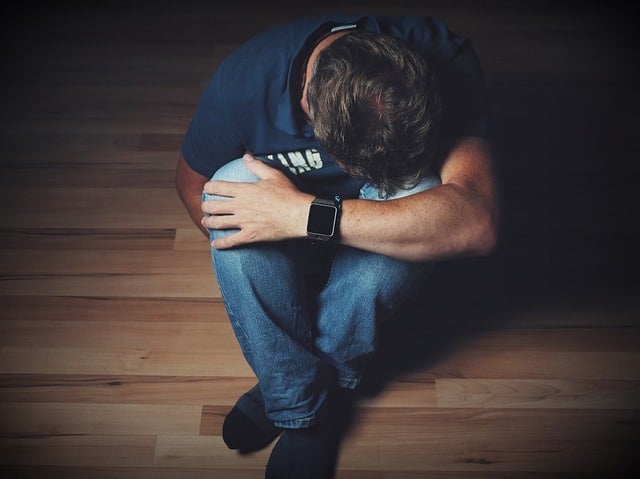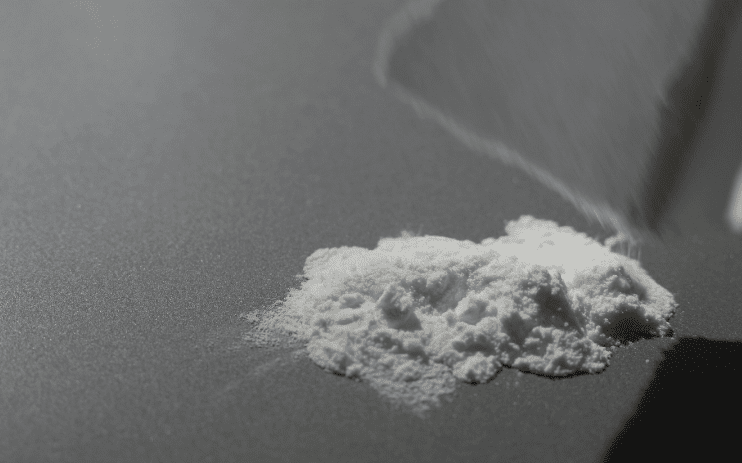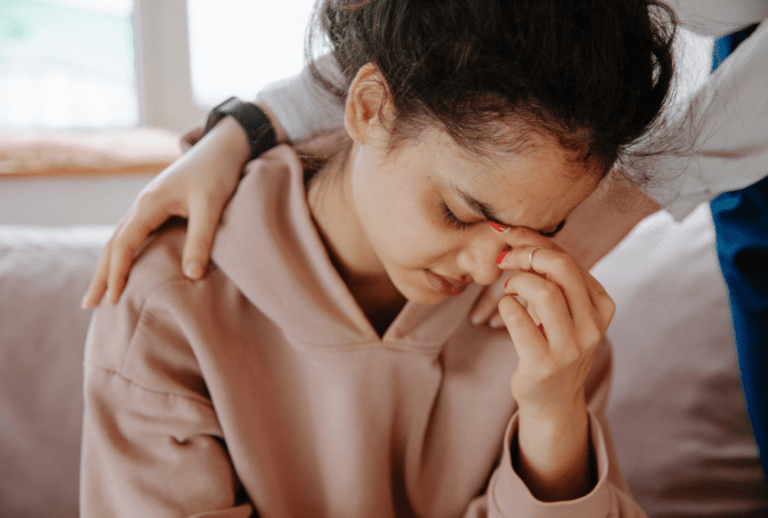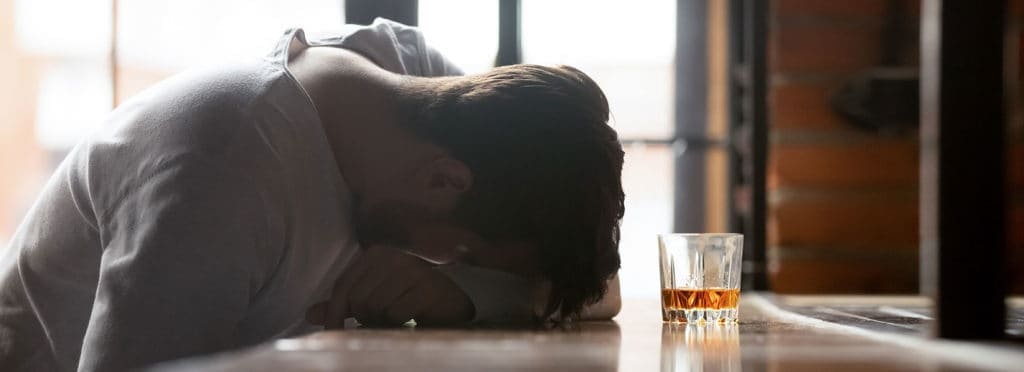How Dangerous is Combining Alcohol and Opioids?
Combining substances brings additional risks. Both alcohol and opioids are depressants (downers). Combining depressants like alcohol and opioids can have dangerous side effects as both drugs slow a person’s breathing and heart rate. If you or someone you love is experimenting with dangerous combinations of drugs, it’s important to keep in mind that they are at greater risk for addiction and accidental overdose. Early intervention is always best but it’s never too late to seek help. Reach out to Oasis Recovery to speak with a specialist who can tell you more about the benefits our treatment center can provide those in need of a recovery program.
The Dangers of Combining Alcohol and Opioids
Alcohol and opioids have risks when abused separately. When combined, the risks are compounded. Common risks associated with alcohol abuse can include:
- Slowed breathing
- Difficulty breathing
- Change in blood pressure
- Change in heart rate
- Slow reflexes
- GI problems
- Nausea
- Weakened immune system
- Sleep problems
- Anxiety
- Depression
Common risks associated with opioid abuse can include:
- Slowed breathing
- Heavy sedation
- Dizziness
- Nausea
- Constipation
- Difficulty concentrating
- Slow reflexes
- Confusion
- Shakiness or tremors
- Sleep problems
There is considerable overlap in the physical side effects of abusing alcohol and opioids. Both drugs have the ability to slow down an individual’s breathing and heart rate to dangerous levels. As a result, a person could become unconscious and their body would not respond normally to keep them alive. There is a common misunderstanding about how overdoses can occur. They are not always directly due to the amount of a substance that a person has put into their body. Each person’s body reacts differently to alcohol and opioids. Our personal tolerance and ability to manage the physical effects and side effects of these drugs vary. When combined, a person’s body can respond dramatically and in unpredictable ways.
Factors that Increase the Potential for Overdose
There are numerous factors that can affect the potential for an overdose. These factors include increasing the amount of a substance that is used and mixing substances. Other factors can include:
- Intravenous use
- Intravenous use of drugs is generally the most risky method
- Mixing substances
- Physical health issues
- Mental health issues
- Recent relapse
- A person’s body may not have the same level of tolerance
- Using drugs while alone
What To Do In An Emergency
If you believe someone has overdosed, the first thing to do is call 911.
If the person is responsive, attempt to get them to remain engaged, awake, conscious.
A person who is unconscious or unresponsive is at risk for suffocation if they vomit.
Turn a non-responsive person on their side so that if they vomit they do not choke.
If it appears a person is not breathing, perform CPR.
Modern CPR methods suggest the best method is to exclusively focus on chest compressions. Use both hands to press firmly on a person’s chest to the beat of the song “Staying Alive” as it happens to be at the appropriate tempo.
Continue chest compressions until a person shows vital signs or emergency services arrive to take control of the situation.
Precautions and Interventions
If someone you love is using opioids, you may want to consider keeping naloxone on hand in case of emergency. Naloxone, often sold under the brand name Narcan, is a medication used to counter the effects of opioids. If a person is overdosing on heroin or opiates, administering naloxone can save their life.
When administering the spray form of naloxone, spray once in each nostril of the person who is overdosing. Rub the overdosed person’s chest to promote breathing and blood flow throughout their body.
Contact emergency services and have a trained medical professional check to determine an overdosed person’s vital signs. They may require additional emergency care. When contacting emergency personnel, ask them to make sure they bring more doses of naloxone.
It’s important to keep in mind that naloxone is a temporary fix.
Hope for The Future
Contact Oasis Recovery today to speak with a specialist about the benefits of our personalized programs and services for individuals struggling with addiction. It’s important to remember that recovery is always possible. Give yourself the opportunity for a better tomorrow by seeking recovery and lasting sobriety as soon as possible. Help is just a phone call away.











